Review: BlackBerry Q10 for AT&T
Media
BB10 has two apps for media playback, one for music and one for video. Both are somewhat lacking in thrills. They are simple and devoid of any advanced features, such as equalizers or other sound effects processing. They do a fine job of playing back the content stored on the Q10, though. Speaking of which, content can be sideloaded via microSD cards (the best option), via the BlackBerry Link desktop app (not recommended), or downloaded from BlackBerry World. The BBW store offers a decent selection of movies, TV shows, and music, with prices that are comparable to the Google Play Store, iTunes, and Windows Phone Store.
In general, audio sounded good through my favorite headphones and video looked good on the Q10's display. The Q10's small, square screen is not the best for viewing stuff like movies, though. You always get a letter-boxed experience and video never fills the entire screen. The quality of what I saw looked fine, though.
Camera
The camera application is quite good. There is no dedicated camera button on the Q10 by default, although you can choose to assign the action key to the camera. You can also use the lock screen shortcut to launch the camera, or open the app from the app menu.
The camera on the Q10 opens quickly, and is incredibly fast to focus and capture images. Images are captured by tapping on the screen or by pressing the spacebar on the keyboard. Tap the area you want the camera to focus on, and that's what it does.
Additional features are kept to a minimum. Shooting modes, which control the camera's focus and shutter speed, include normal, stabilized, and burst. Scenes, which are used to help with exposure and white balance, include auto, action, whiteboard, night and beach/snow. You can also toggle the flash between auto, on, or off.
The Q10 lets you select the camera's aspect ratio, too. You can choose to take square images with a 1:1 ratio, or the more standard 4:3 and 16:9 rectangular ratios. When shooting with the 1:1 ratio, the image you're about to capture fills the entire display. When you switch to either 4:3 or 16:9, the Q10 letterboxes the viewfinder on the screen to show you what you're actually shooting to help you better frame the shot. In comparing images taken with the three aspect ratios, it appears that the camera is zooming in a bit to get the 1:1 shots and zooming out a little bit to get the 4:3 and 16:9 shots. The images have different resolutions: 3264 x 1836 for 16:9, 3264 x 2448 for 4:3, and 2448 x 2448 for 1:1.
There's also the TimeShot feature, which is meant to help capture the best image of peoples' faces. The feature essentially shoots five quick shots and, using the on-screen tools, you can select which of the shots looks best for each of the faces detected in the viewfinder. It's cool if you have little kids or people who blink all the time.
Photos
The Q10 has the same camera as the Z10, and it also takes average photos. I was impressed with its ability to obtain good white balance and exposure, but focus was often a bit soft and there was more grain than I'd like to see from an 8-megapixel shooter. It does not perform well at all in low-light situations, and the flash doesn't do much to help to offset the low-light problem. (The Z10 was better at focusing, but not as good at exposure.)
Video
The Q10 can shoot video up to 1080p HD. Most of the video I shot looked good, but it revealed the same type of problems that the regular camera did. It tended to blow out whites and other bright areas, while also leaving out the details in dark spots. Focus was OK and colors looked great.
Gallery
The gallery application works well when it comes to managing, editing, and sharing photos. The default view in the gallery app shows the most recent images captured with the camera. They are shown in a grid. You may also choose to sort via albums, thanks to controls that line the bottom of the screen.
The editing features are robust. Images can be cropped and rotated; enhanced to correct brightness, white balance, contrast, sharpness, noise, and red-eye; and given artistic treatments through the application of two different sets of filters in the vein of Instagram. One set of filters is labeled "Artistic" and the other "Styles." You can use one artistic filter and combine it with one style filter to amplify the effect. Once you're done editing the photos, you can share them easily to social networks, email, BBM, and upload the files to popular photo services.
Apps
There are no AT&T-branded apps on the Q10 at all; everything is a native BlackBerry-developed app or service. Out of the box, BlackBerry provides about three dozen apps on the Q10. The new on-device storefront for BlackBerries is called BlackBerry World. It offers BB10 owners not only apps, but music, movies, and games. The app itself is OK, but not great. The problem is with discovery. The app has tools that allow you to view only Games, Apps, Music, or Video, but even drilling down into these sections leaves you with plenty of work to do to find new and interesting stuff. Further, even though the Z10 launched more than four months ago, the 125,000 apps BlackBerry claims are in the app store are a thin selection at best. Major apps (Instagram, etc.) are still missing. Apps downloaded swiftly over LTE 4G, though.
Browser
The Q10's browser is a standards-based piece of software that does a much better job of handling the web than the BlackBerry browsers of old. It renders web sites quickly and cleanly, and offers features I like, such as multiple tabs, a solid bookmarking tool, and even advanced stuff such as private browsing. When used on AT&T's LTE 4G network, web sites loaded quickly. The slower-than-lighting-fast speeds I recorded on the LTE network didn't have a noticeable impact on surfing speeds. The Q10 suffers from a real estate problem, however, with its small screen. Between the address bar and navigation tools that make up the browser's controls, there's very little room left on the screen for content. This is the trade-off you're making to get the QWERTY keyboard.
Bluetooth
The Q10 connected with other Bluetooth devices easily. When paired with my car's hands-free system, phones calls sounded decent, but not great. I was also able to pair the Q10 with stereo headphones. Playback worked fine, but the sound was thin and raspy. The Q10 can also be paired with other phones/tablets/PCs to share files.
Clock
The lock screen clock is a white digital clock that appears close to the top of the screen. As with many modern smartphones, the background wallpaper you choose plays a direct role in how visible the clock is at any given moment. Lighter wallpapers make it harder to read, darker ones make it easier to read. This is especially important when outdoors. The lock screen clock cannot be customized.
GPS
The Q10 comes with the BlackBerry Maps application. The app covers the essential turn-by-turn direction features, but lacks some of the extras that make Google Maps or Nokia HERE so good. For example, it can provide accurate routing between Point A and Point B, but there are no 3D flyovers, satellite imagery, or street views. The Q10 was much better at pinpointing my location than the Z10. It was a little slow to lock down on me, but it tagged me to within 20 feet or so. When used on AT&T's network, the one saving grace is that maps loaded in a jiffy and were able to keep up with voice-guided directions.


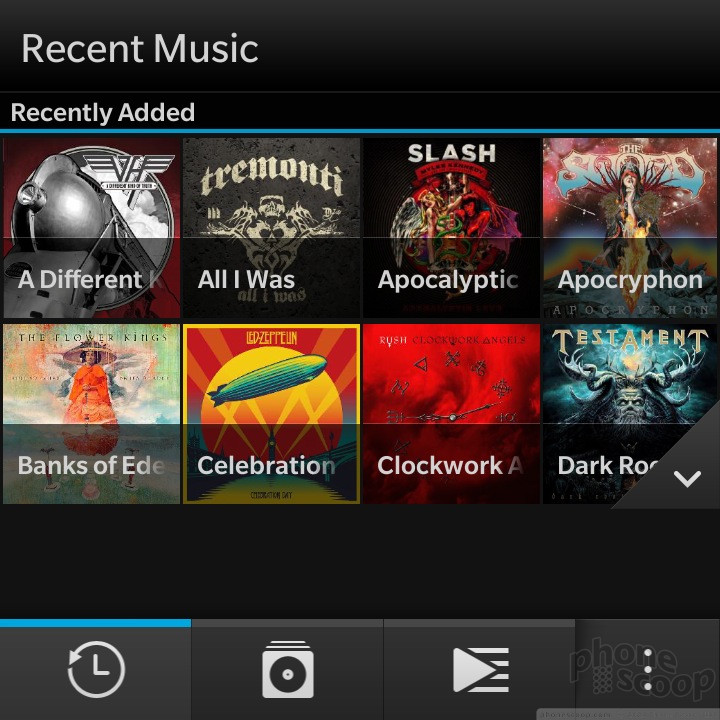





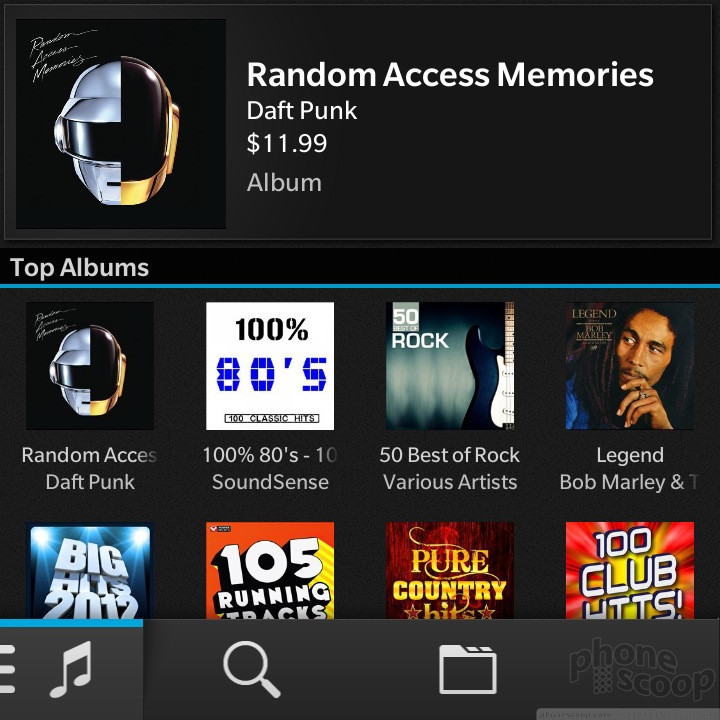




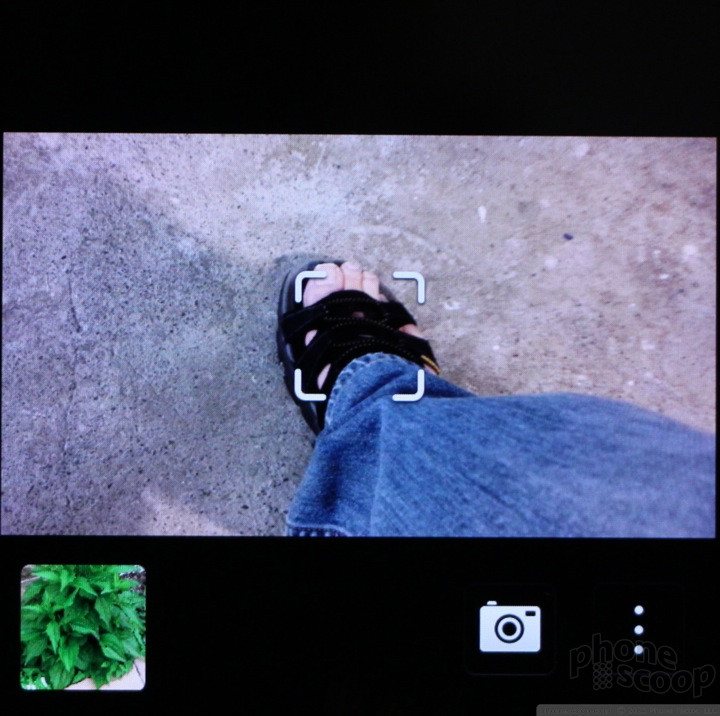






















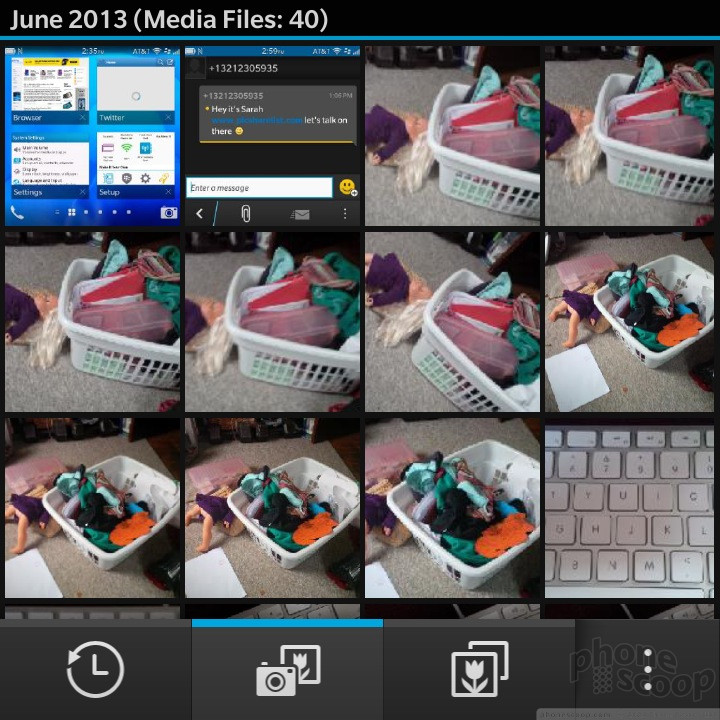









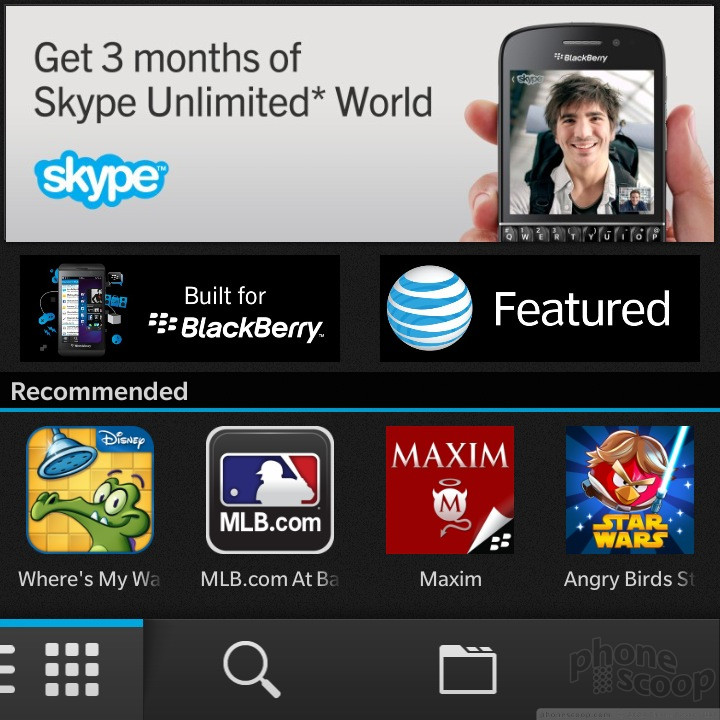






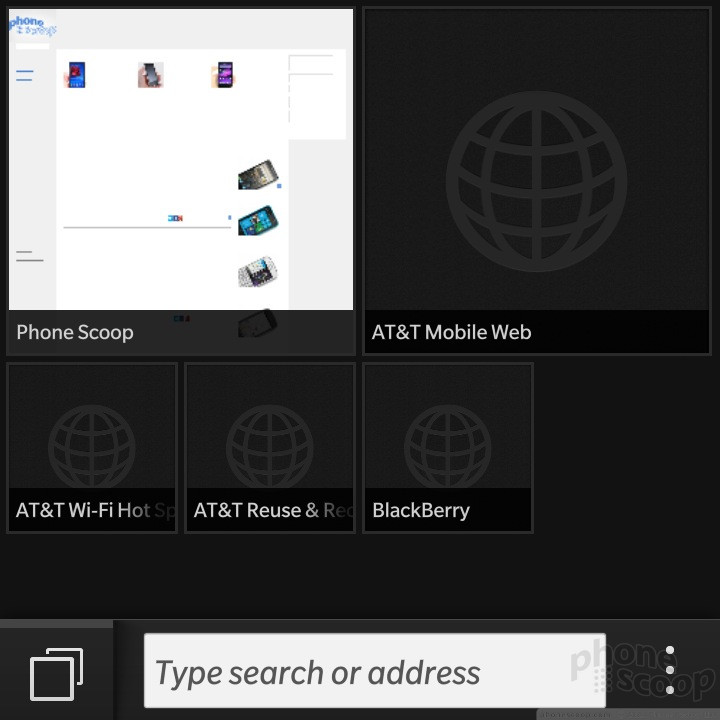





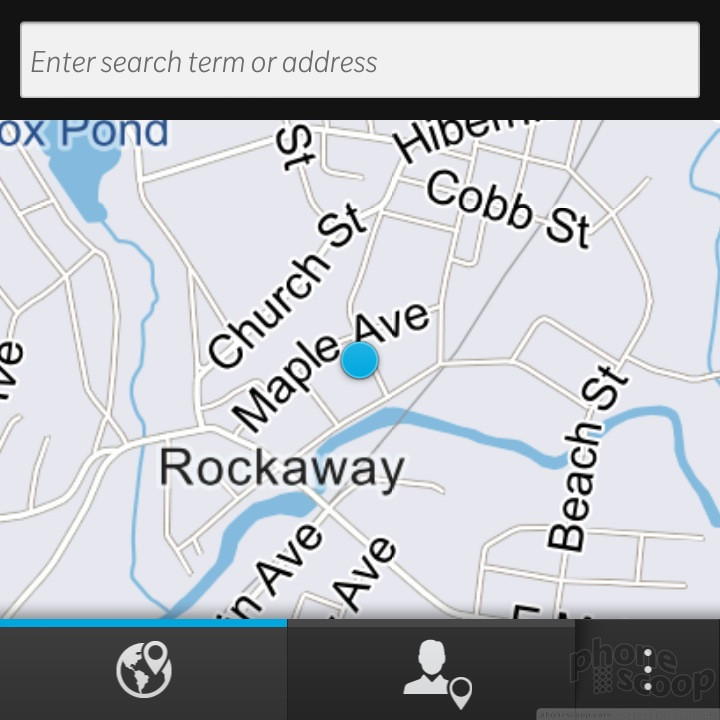




 Hands-On: BlackBerry Z10 and Q10
Hands-On: BlackBerry Z10 and Q10
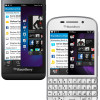 RIM Reveals Z10 and Q10, the First BlackBerry 10 Smartphones
RIM Reveals Z10 and Q10, the First BlackBerry 10 Smartphones
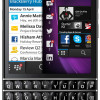 BlackBerry Makes Skype Available to Q10
BlackBerry Makes Skype Available to Q10
 BlackBerry Q10 (GSM)
BlackBerry Q10 (GSM)




